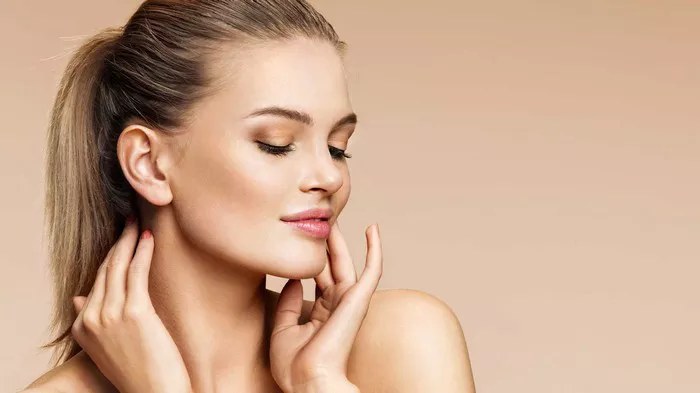Undergoing rhinoplasty, a surgical procedure aimed at enhancing the appearance and function of the nose, requires careful consideration of preoperative preparations, including what to wear on the day of the surgery. While clothing may seem like a minor detail, choosing the right attire is important for ensuring comfort, ease of access for medical professionals, and a stress-free experience. In this article, we will discuss the factors to consider when deciding what to wear to rhinoplasty surgery and provide guidance on making the best clothing choices for the day of the procedure.
Prioritize Comfort and Convenience:
When selecting attire for your rhinoplasty surgery, comfort and convenience should be at the forefront of your decision-making process. Here are some key points to consider:
a. Loose-Fitting Clothing: Opt for loose-fitting clothing that does not constrict or press against your body. Comfortable garments can help you relax before and after the surgery.
b. Easy to Put On and Take Off: Choose clothing that is easy to put on and take off, as you may need to change into a medical gown for the procedure. Avoid clothing with buttons, zippers, or complicated fastenings.
c. Layers: Wear layers that can be easily added or removed. This allows you to adjust your clothing based on the temperature in the surgical facility.
Clothing Recommendations for Rhinoplasty Surgery:
Considering the requirements of the surgery and the comfort of the patient, here are some clothing recommendations for the day of rhinoplasty:
a. Button-Down Shirt: A button-down shirt is an excellent choice, as it is easy to put on and take off without the need to lift it over your head. This minimizes disruption to your nose area.
b. Front-Closure Bra: If applicable, choose a bra with a front closure. This avoids the need to lift your arms to put on or take off the bra, reducing strain on the surgical area.
c. Slip-On Shoes: Opt for slip-on shoes that are comfortable and easy to wear. Avoid shoes with laces or buckles that require bending or reaching.
d. Elastic-Waist Pants: Elastic-waist pants or sweatpants provide comfort and ease of movement. Avoid clothing with tight waistbands that might irritate the surgical site.
e. Comfortable Socks: Choose comfortable socks to keep your feet warm during the procedure. Some surgical facilities may provide non-slip socks for you to wear.
What to Avoid:
Equally important as knowing what to wear is understanding what clothing to avoid on the day of your rhinoplasty surgery:
a. Tight Clothing: Avoid tight clothing that could put pressure on the surgical area or cause discomfort.
b. Overhead Garments: Clothing that needs to be pulled over the head might cause unnecessary stress on the surgical site.
c. Accessories: Leave jewelry, watches, and accessories at home to prevent interference during the procedure and to avoid the risk of losing valuables.
Hygiene and Cleanliness:
Maintaining good hygiene and cleanliness is crucial on the day of surgery. Here’s what you should consider:
a. Clean Clothing: Ensure that the clothing you wear is clean and free from any contaminants. Surgical facilities prioritize a sterile environment.
b. Minimal Makeup and Skincare: Avoid wearing excessive makeup or skincare products on the day of the surgery. This helps maintain a sterile environment and minimizes potential reactions.
Consult Your Surgical Facility:
While these recommendations provide general guidelines, it’s important to consult your surgical facility or healthcare provider for specific instructions on what to wear to your rhinoplasty surgery. They may have specific requirements or guidelines tailored to their facility’s protocols.
Conclusion:
Selecting the right attire for your rhinoplasty surgery contributes to a comfortable and stress-free experience. Prioritize loose-fitting, easy-to-wear clothing that minimizes strain on the surgical area. While comfort is essential, maintaining hygiene and adhering to the surgical facility’s guidelines are equally important. By choosing the appropriate clothing and following the recommendations of your healthcare provider, you can help ensure a smooth and successful rhinoplasty procedure with optimal results.


